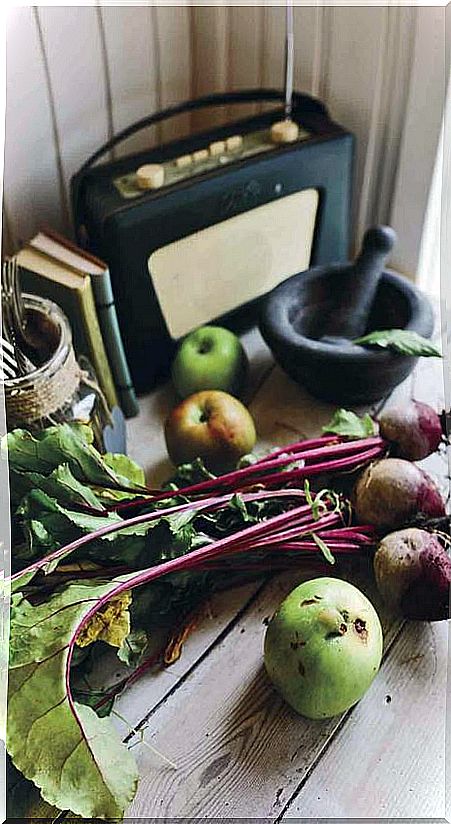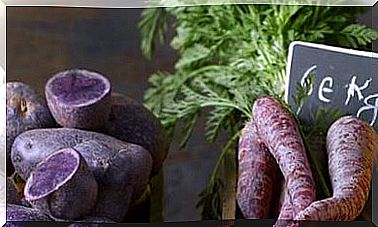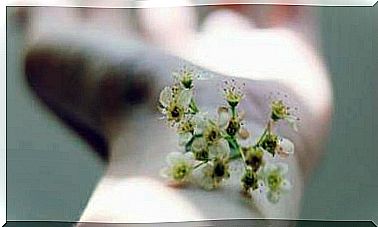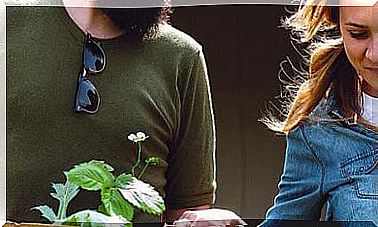5 Keys To Cooking Without Losing Vitamins (or Other Nutrients)
When cooking changes occur in food. We are going to see the keys to doing it and preserving its nutritional content to the maximum.

Cooking means transforming food and cooking well means making dishes appetizing and also providing maximum nutrients.
Every decision we make in the kitchen can cause a loss of vitamins and minerals and can even favor the appearance of compounds that are harmful to health.
Knowing the healthiest cooking techniques that preserve nutrients in food is just as important as choosing ingredients from the menu.
1. Choose the cooking method well
The loss of nutrients during cooking depends on the specific food, the temperature, whether it is cooked dry, steamed, with water or with oil, and the ingredients that accompany it. For example, green peas cooked in water at about 80 ° C have lost 11% of vitamin C after 10 minutes. At 30 minutes, the loss is already 60%.

- The new trends are betting on very short cooking with cooling at the end, to better preserve the nutrients, the crunchy texture and the color of the vegetables.
Waterless techniques such as steaming, baking, and foil are the most efficient at conserving nutrients.
- Boiling is done with just enough water and for the shortest possible time. Add vinegar or lemon to reduce the loss of vitamin C. If the food is not eaten right away, cool it with water and ice. Quick sautéing with oil prevents the destruction of B vitamins and improves the absorption of carotenes and vitamins A, D, E and K.
2. Minimize cooking time
The researchers’ advice is to cook at the lowest temperature and as little time and amount of water as possible.
Steamed: Cut the ingredient into small pieces or thin slices.
- 3-7 minutes: Swiss chard, broccoli, zucchini, asparagus, spinach, peas, green beans, carrot
- 10-12 minutes: Celery, pumpkin, cabbage, cauliflower, kale
- 25-30 minutes: Artichoke, onion, potato, beet
Baked: Low temperatures are preferable, although cooking is somewhat longer.
- 20 -25 minutes: Eggplants, squash, cabbage, cauliflower, peppers, tomatoes
- 35-40 minutes: Artichokes, sweet potatoes, potatoes, carrots
Cooking in water: Use the amount of water that the ingredient is going to absorb or use the rest to make broths and soups.
- 3-5 minutes: polenta, couscous, flakes
- 15-20 minutes: Millet, quinoa
- 35-40 minutes: Brown rice, lentils, chickpeas and beans (in a pressure cooker)
Sauteed: Cut the ingredients into small pieces or thin strips and stir continuously. Use little oil and fill the pan or wok no more than a third full.
- 5 to 10 minutes: Garlic, broccoli, zucchini, onion, sprouts, asparagus, green beans, bell peppers, leeks, carrots
3. Add lemon water or vinegar to the cooking water
Magnesium, potassium and phosphorus, water-soluble vitamins (especially vitamins C, B1, B5 and B6) and beneficial plant compounds such as glucosinolates from cabbages dissolve in the cooking water and are lost with it if not We take the opportunity to make broths or soups.
- How it helps to add a little lemon. Adding a little lemon juice or vinegar significantly reduces the loss of vitamins C and B1, because the pH of the water influences the integrity of these vitamins. In any case, cooking without contact with water (steamed, in the oven or in the wok) is more respectful of the valuable nutrients in vegetables.
4. Choose unprocessed products
The art of cooking reducing the loss of nutrients to a minimum and favoring their use begins at the time of purchase: we can choose local, seasonal and organic foods, richer in nutrients than well-traveled products.
It is good to know that certain additives also act on nutrients. For example, preservatives such as nitrites (such as E249 and E250) cause losses of vitamins A, C, E, thiamine, and folic acid. One more reason to choose natural products without additives.
- Organic fruit is eaten clean and with its skin, which is where there is the greatest amount of antioxidants.
- The leafy vegetable is taken with its greener outer leaves that are rich in chlorophyll, vitamins and minerals.
- The vegetables are washed whole, avoiding prolonged soaking, and then cut.
- The cut is made just before cooking, into large pieces if they are going to be cooked in water or roasted, and small if they are going to be sautéed with oil.
5. Consume food in the shortest time possible
Decisions to avoid nutrient loss remain at home. We must not let them degrade in the pantry or refrigerator (time always plays against). And they continue with the manipulation of each ingredient and with the choice of the most suitable method for cooking.
- Plan consumption with weekly menus and make purchases from them, to shorten storage times and avoid food spoilage.
- The ideal conservation is in a cool place protected from light, such as a pantry away from heat sources or the refrigerator.
- Have a variety of spices and aromatic plants to add to your recipes, because they provide a variety of concentrated nutrients as well as flavor.









